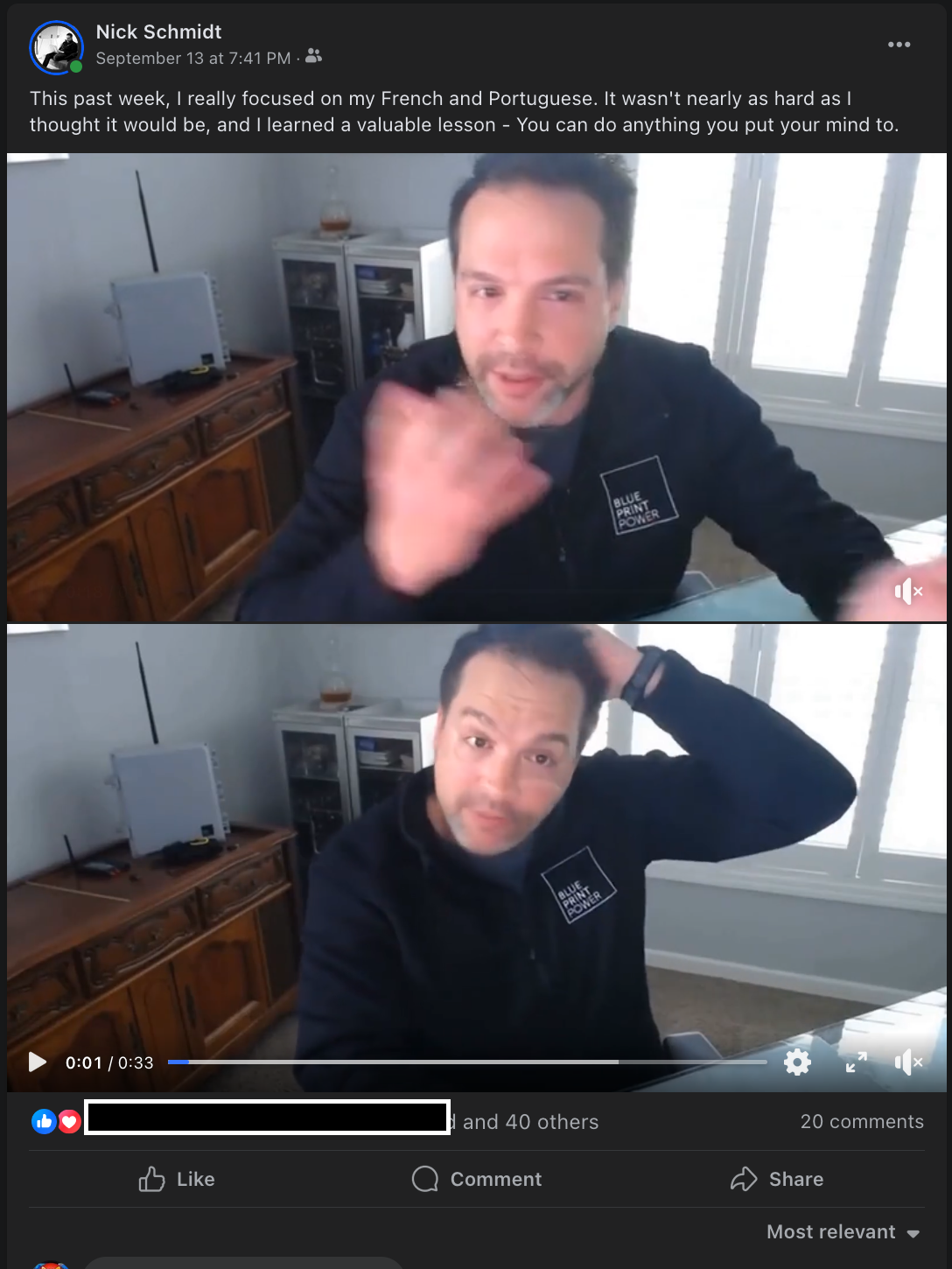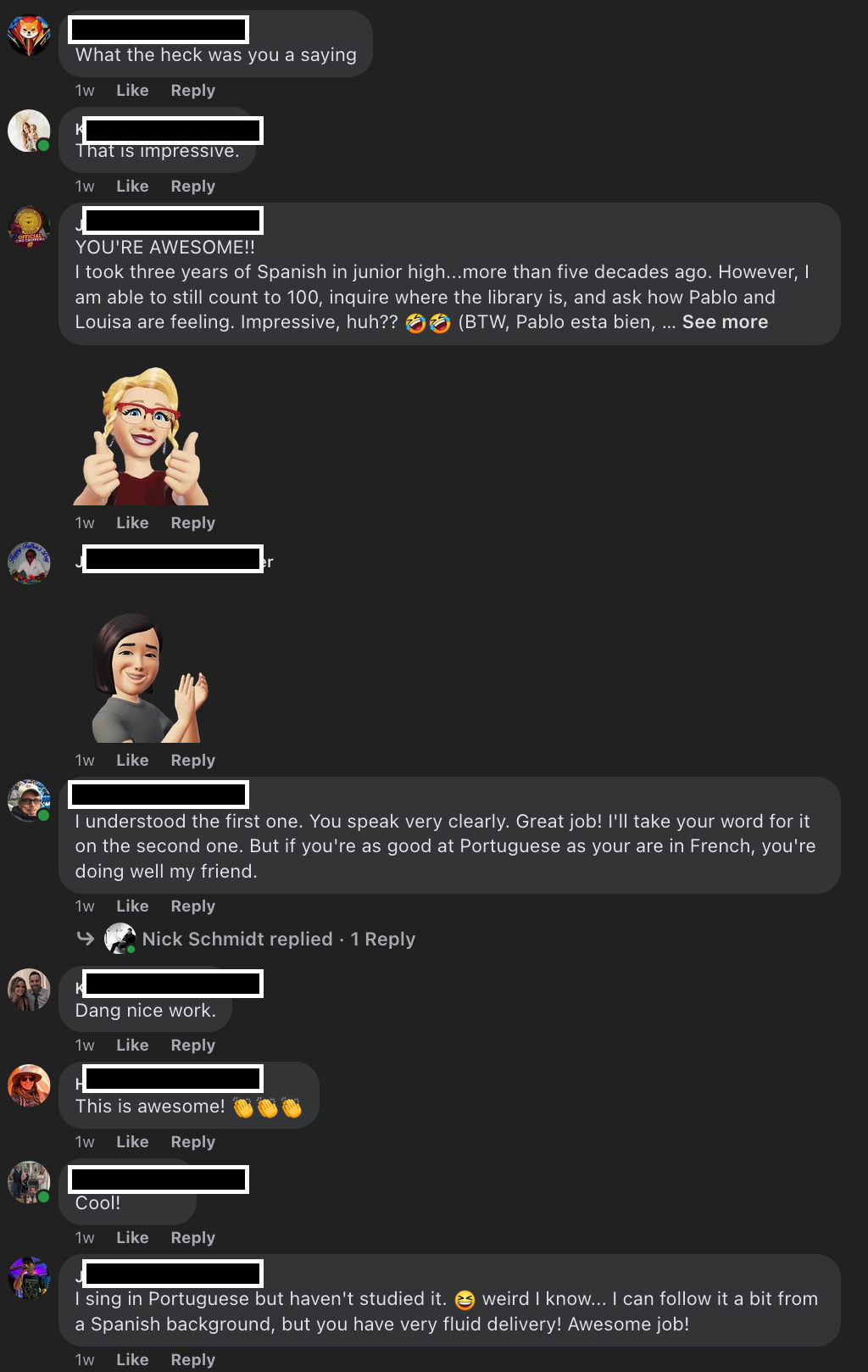Using AI to Speak Portuguese and French - A Lesson in Online Skepticism
Have you ever watched a video and thought, “Is this even real?” In today’s age of digital manipulation, discerning the real from the fake has become an intricate dance. I decided to see how the non-tech folks in my life would react to me using AI and Machine Learning to become multilingual maestro.
The Genesis of the Idea
The adventure began when I stumbled upon a post on Mastodon about using AI to generate deepfake videos. “Deepfakes,” if you’re unfamiliar, are videos produced through machine learning that often superimpose someone’s face or manipulate their voice to make it look like they’re doing or saying something they haven’t. It’s fascinating, but the implications can be quite worrisome.
Being an enthusiast of technology and its vast potential, I wondered if I could use this technology in a light-hearted, educational manner. And so, the idea was born: create a video of myself speaking two languages I barely know – Portuguese and French – flawlessly.
The Process
Using AI and Machine Learning for this task was incredibly straightforward & easy. It required 3 steps:
- I recorded a video in English with decent lightning and microphones to feed into the service
- Signup for an account on HeyGen
- Upload the video and tell it to translate to whatever language I wanted
The Great Deception
Once I had my videos ready, I decided Facebook was the perfect platform to share my “newfound skills.” The reactions were priceless! Friends commented on my impressive “language learning abilities,” and family members were astounded at how quickly I had picked up both Portuguese and French.

For days, I basked in the glory of compliments and praise, allowing everyone to believe in the authenticity of the videos. The reactions ranged from utter disbelief to pure amazement.

The Big Reveal
24 hours later, I posted a follow-up on Facebook, this time revealing the magic behind the curtain. I explained the entire process, from the idea’s inception to the final result.
The reactions were mixed. While many appreciated the creativity and the lesson behind the experiment, a few were understandably a bit miffed at having been duped. But that was precisely the point!

The Moral of the Story
The experiment wasn’t just for fun or to boast my tech-savvy skills. It was to remind everyone that in today’s digital age, “seeing is not always believing.” With advancements in AI and machine learning, the line between real and fake is becoming increasingly blurred.
So, next time you come across something sensational or unbelievable online, take a moment to question its authenticity. Critical thinking and a dash of skepticism can go a long way in ensuring that we don’t fall for every piece of information that comes our way.
Until next time, stay curious and always be discerning!
